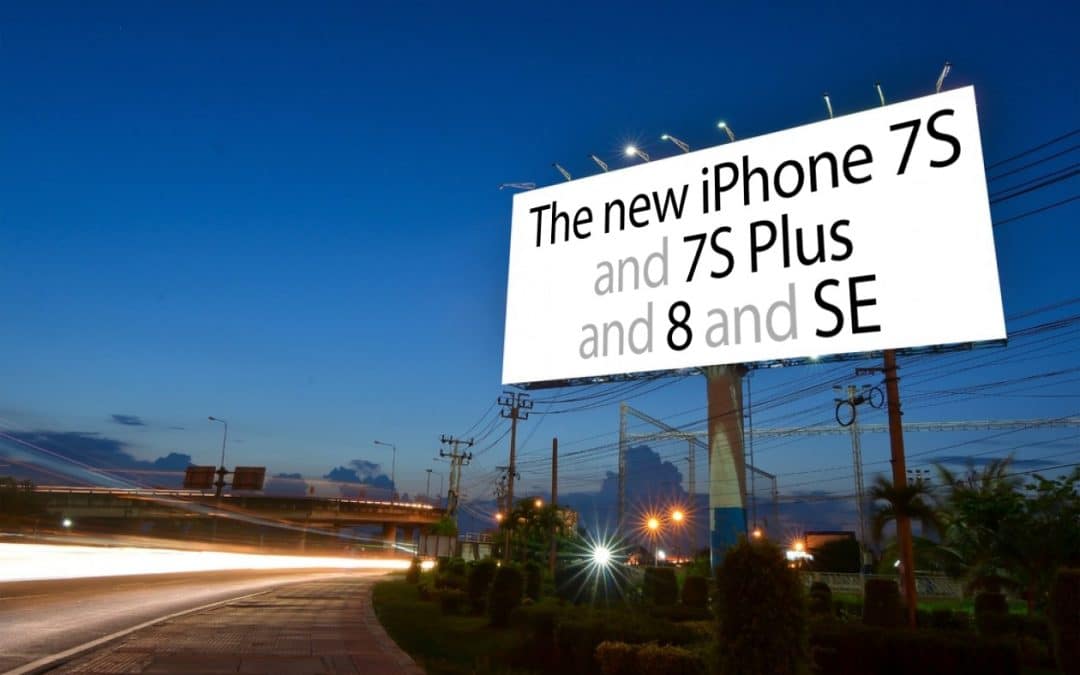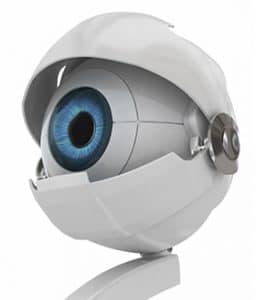The Great iPhone Naming Opportunity of 2017
For seven years, iPhone naming has ping-ponged between numbers and S’s.
Then, last year we got the iPhone SE, with a moniker that lives outside that naming scheme.
Combining the latest product rumors with what Apple has “trained” us to expect in naming, many expect the 2017 lineup to include an iPhone 7S, iPhone 7S Plus, iPhone 8 and iPhone SE.
Clever, Apple! Your master plan is working flawlessly!
Year after year, you ingeniously fed us those bad iPhone names, knowing that we’d come expect this level of complexity. Only then could you shock the daylights out of us with a stunningly simpler set of names that actually make sense.
[We now return you to reality.]
If you’re a regular here, you know my feeling about the whole “S” thing. It’s a perfect example of a company shooting itself in the marketing foot.
Since the iPhone 4S debuted, Apple has gone out of its way to reinforce the perception that real innovation only arrives every other year. The advertising for every S model must climb a mountain that never needed to exist.
If the rumors are true, this year will be the first time Apple simultaneously announces a fresh new design alongside an update of last year’s design. So it’s natural for people to expect Apple to fall into the same old naming habits.
Which leads me to the same old question: Why?
Let me rephrase that: WHY???
I’ve never understood Apple’s motivation for sticking to the S path, year after every-other-year. The most positive spin I can put on it is that it feels compelled to tell the “truth” about the phone’s form factor.
But that truth was actually blown up with the iPhone 7, which was named like a new design but actually based on the previous two models.
As a marketer in heated competition, Apple should be vastly more interested in telling the truth about its newest/best features. The iPhone 5S, for example, introduced one of the most revolutionary features in iPhone history — Touch ID — yet its very name suggested “no big advances this year.”
Since phone buyers today have distinctly different likes and needs, I have no problem with multiple models. Four models of phones isn’t complexity, it’s simple choice.
However, that simplicity is lost when the products are named in the most complicated way. If we see a 7S, 7S Plus, 8 and SE in the fall, the naming will feel more like Toshiba than Apple.
As was drilled into my head by my advertising mentors: If you’re going to point out a problem, you’d better have a solution. So here it goes.
If different style iPhones are destined to co-exist, wouldn’t it be nice if the family felt like a family? Wouldn’t it be great if each name indicated the phone’s reason for being, and reassured buyers that it contained Apple’s latest technology?
Imagine if Tim Cook took to the stage in September to introduce this year’s family of iPhones—
• iPhone 8
• iPhone 8 Plus
• iPhone 8 Pro
• iPhone 8 Mini
In this naming scheme, customers could choose a “standard” iPhone 8, a large-screen version, a bigger, more feature-rich pro model, and a beautifully scaled-down thin/light model.
Strip away the 8 from every model and it gets even simpler.
This is the Great iPhone Naming Opportunity of 2017. As the family of iPhones becomes more diverse, this is the perfect moment to cast off the complexity and give customers an easier choice.
Apple’s recent burst of honesty about the state of the Mac proves that the company can own up to its mistakes. Compared to the ugly Mac situation, re-inventing iPhone naming would be a walk in the park.
It requires no public proclamation and would cause zero self-humiliation. All it would take is a few new names attached to the new products.
Seizing this opportunity would bring every iPhone model into the future — and leave all the baggage behind.


Alas, that would have been a clean option.
had to roll back to this older post given the latest possible news about iphone naming:
https://www.macrumors.com/2018/09/05/6-5-inch-iphone-naming-iphone-xs-max/